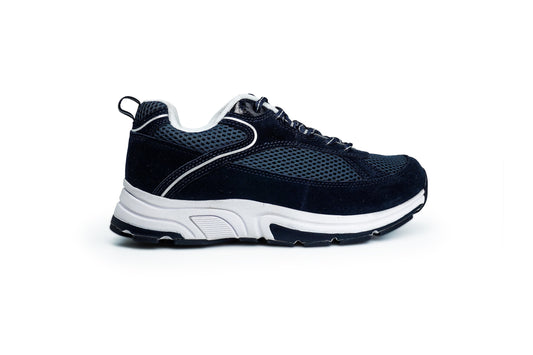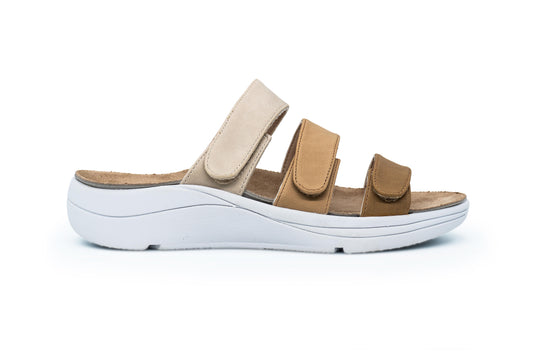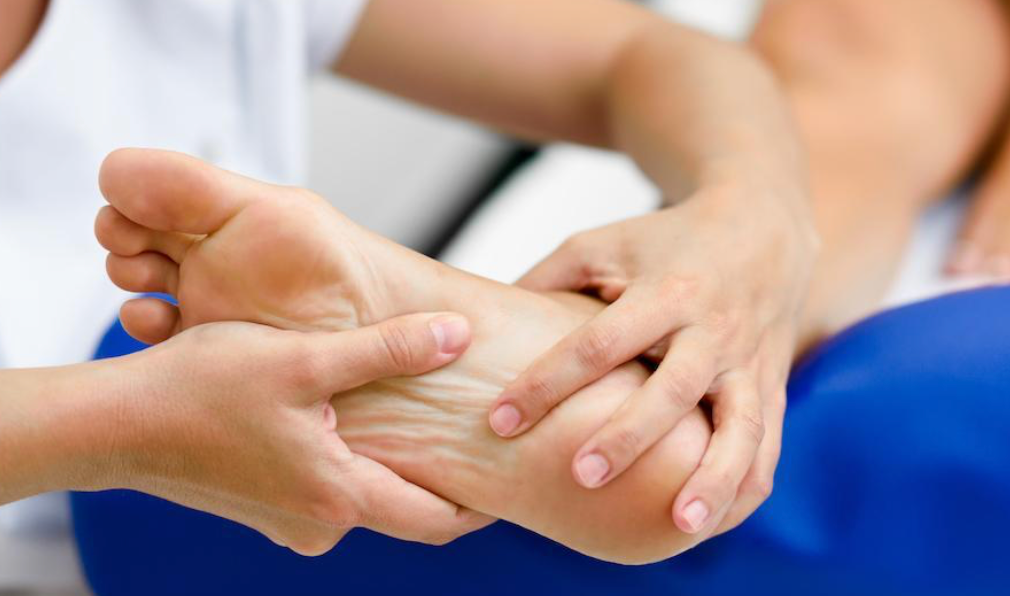Title: Guardians of Your Mobility: A Daily Checklist for Diabetic Foot Care
Living with diabetes requires special attention to foot care, as the condition can affect nerves and blood vessels, leading to potential foot problems. Follow this everyday checklist to ensure your diabetic foot care is thorough and proactive:
- Inspect Your Feet:
- Look for cuts, sores, blisters, redness, swelling, or changes in skin color or texture.
-
Use Anodyne shoe boxes with a built-in mirror for convenient daily foot inspections.
- Wash Your Feet:
- Use warm water and mild soap for washing.
- Thoroughly dry your feet, especially between the toes.
-
Avoid hot water to prevent skin dryness.
- Moisturize Your Feet:
-
Use a fragrance-free, non-irritating lotion or cream to prevent dryness and cracking.
- Trim Toenails:
- Cut toenails straight across, avoiding excessive shortening.
-
File the edges smoothly to prevent sharp edges and ingrown toenails.
- Wear Supportive Diabetic Shoes:
- Ensure well-fitting shoes with good arch support.
-
Avoid shoes that are too tight or too loose.
- Avoid Going Barefoot:
- Wear shoes indoors and outdoors to reduce the risk of cuts, scrapes, and infections.
- Check Shoes for Foreign Objects:
- Before putting on shoes, inspect for any small objects that could cause injury.
- Regular Foot Exams:
-
Schedule regular foot exams with your doctor or podiatrist to detect and address issues promptly.
- Quit Smoking:
- Smoking damages blood vessels and impedes foot healing.
-
Quitting smoking is beneficial for overall health and foot well-being.
- Manage Diabetes:
- Keep blood sugar levels under control with a personalized treatment plan.
- Collaborate with your doctor to manage your diabetes effectively.
Additional Tips for Diabetic Foot Care:
- Immediate Concerns:
- See your healthcare professional promptly if you notice any concerns with your feet.
- Maintain a Foot Care Log:
- Track your foot care activities daily for progress monitoring.
- Educate Your Support System:
- Teach family and friends about diabetic foot care to enhance your support network.
By diligently following these guidelines, you contribute to the overall health of your feet and significantly reduce the risk of diabetic foot problems.








